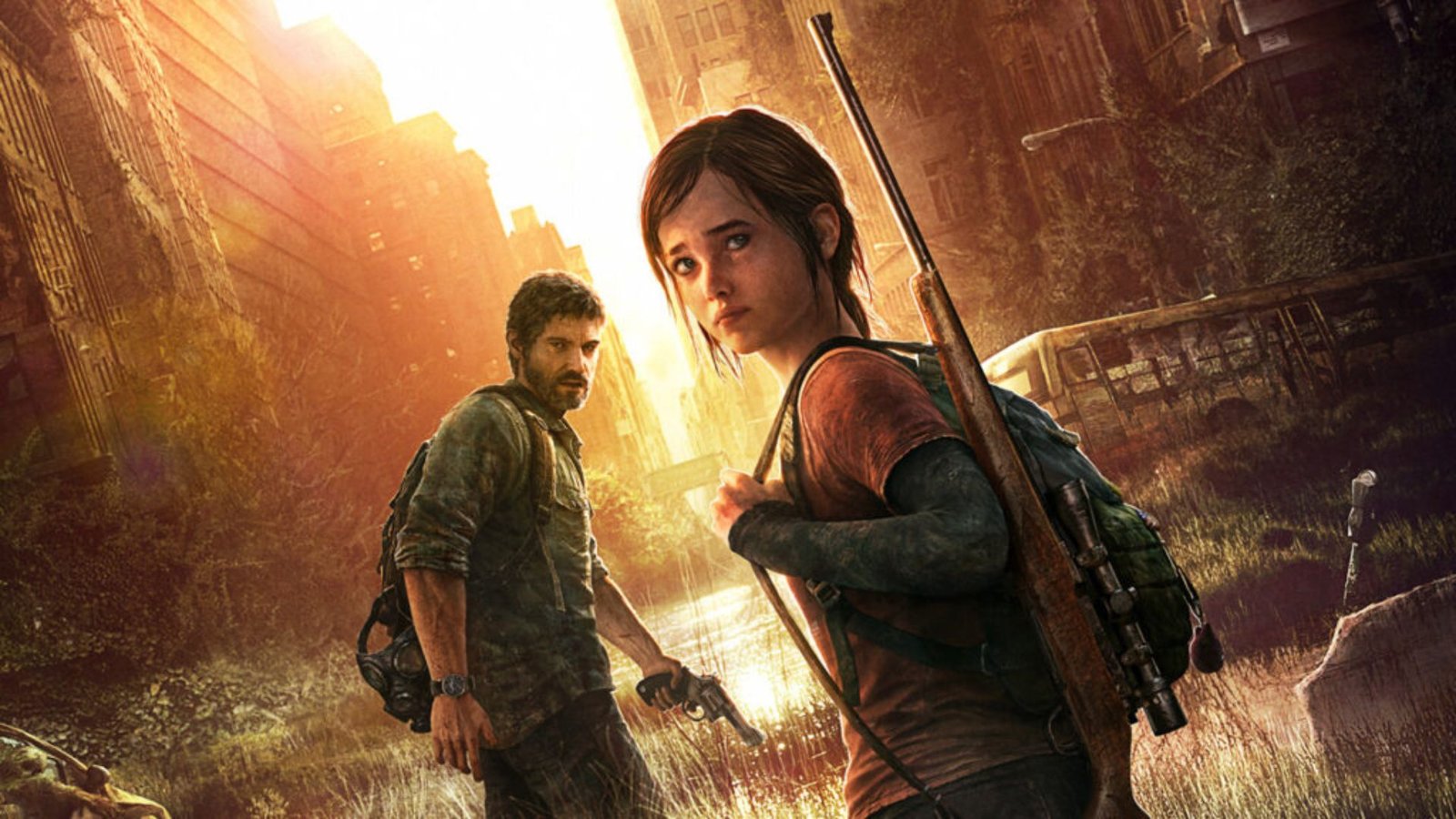Video games have come a long way since their early days, evolving from simple pixelated challenges to complex narratives and immersive experiences. The evolution of game design and storytelling has transformed how we interact with games and how stories are told. Here’s a look at this fascinating journey.

Early Days of Game Design
Text-Based Adventures: The roots of game design can be traced back to text-based adventures like Zork in the late 1970s. These games relied on written descriptions and player choices to create an interactive experience. Players used text commands to navigate and solve puzzles in a text-driven world.
Arcade Games: The 1980s saw the rise of arcade games like Pac-Man and Space Invaders. These games were focused on simple mechanics and high scores, with minimal story elements. Gameplay was straightforward, involving repetitive actions and quick reflexes.
The Rise of Narrative-Driven Games
Point-and-Click Adventures: In the late 1980s and early 1990s, point-and-click adventures such as Monkey Island and King’s Quest introduced more intricate stories and character interactions. These games combined puzzles with narrative elements, allowing players to explore rich worlds and engage in dialogue.
Role-Playing Games (RPGs): The 1990s marked the growth of RPGs with titles like Final Fantasy VI and Chrono Trigger. These games featured deep storylines, character development, and branching narratives. Players made choices that impacted the game’s outcome, adding layers of complexity to storytelling.
The Emergence of 3D Worlds
3D Graphics: The late 1990s and early 2000s introduced 3D graphics with games like The Legend of Zelda: Ocarina of Time and Half-Life. The shift to 3D allowed for more immersive environments and dynamic gameplay. Storytelling evolved to match these new visual capabilities, with more elaborate narratives and character models.
Open-World Games: The early 2000s saw the rise of open-world games such as Grand Theft Auto III and The Elder Scrolls III: Morrowind. These games offered expansive worlds for players to explore, with complex storylines and a high degree of freedom. Players could interact with the environment and characters in numerous ways, leading to more personalized experiences.
Interactive and Branching Narratives
Choice-Based Systems: Games like Mass Effect and The Walking Dead introduced choice-based storytelling, where player decisions affected the narrative. These games featured branching storylines and multiple endings, creating a sense of agency and impact in the storytelling process.
Narrative Depth: Modern games have increasingly focused on deep narratives and character development. Titles like The Last of Us and Red Dead Redemption 2 offer rich, emotionally engaging stories with well-developed characters. The integration of gameplay and storytelling has become more seamless, enhancing immersion.
Innovations in Storytelling Techniques
Nonlinear Narratives: Nonlinear storytelling allows players to experience stories in a non-sequential order. Games like Bioshock Infinite and Death Stranding employ this technique, providing players with a fragmented narrative that requires piecing together various story elements.
Procedural Storytelling: Procedural storytelling involves generating narrative content dynamically based on player actions. Games like No Man’s Sky and The Banner Saga use procedural generation to create unique and evolving storylines, offering varied experiences in each playthrough.
The Future of Game Design and Storytelling
Virtual Reality (VR): VR is pushing the boundaries of immersive storytelling. Games like Half-Life: Alyx utilize VR to create highly interactive and engaging experiences, allowing players to physically interact with the game world and story.
Artificial Intelligence (AI): AI is being used to enhance storytelling by creating more responsive and adaptive characters. Games like The Elder Scrolls VI are expected to leverage AI to provide dynamic interactions and personalized narratives.
Interactive Fiction: The blending of traditional storytelling with interactive elements is becoming more prevalent. Games that incorporate elements of literature, film, and theater are offering new ways to engage with stories and characters.
Conclusion
The evolution of game design and storytelling reflects broader advancements in technology and creativity. From simple text-based adventures to immersive VR experiences, games have developed into a powerful medium for narrative expression. As technology continues to advance, we can expect even more innovative and engaging ways to experience stories through gaming.

